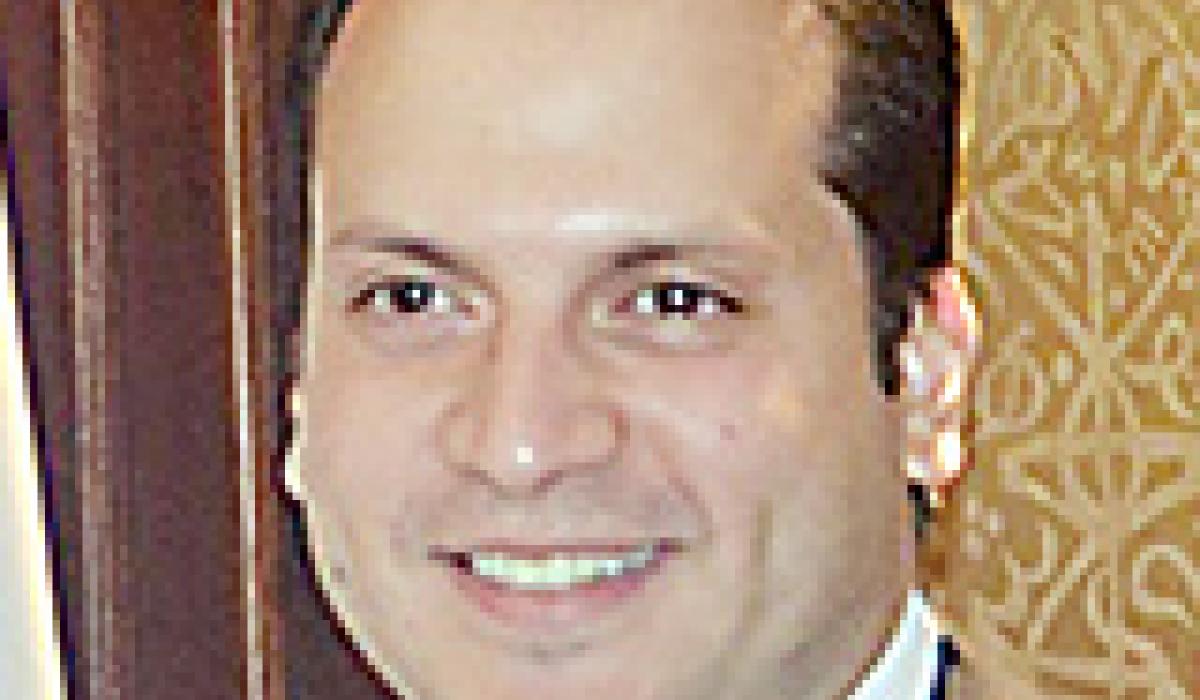Submitted by admin on

The Demographic Center in Egypt is one of the most important centers of expertise in the field of population, and it is an important tool for confronting a great danger that is more deadly than the threat of terrorism. Subjective to any people, the increase in the number of individuals at the expense of resources, and most importantly, at the expense of the quality of the elements is what leads to the death of nations, and this is one of the lessons of history.
The Demographic Center was established in early 1963, and was the first regional center for population studies and research. Originally, it was called the "North African Demographic Center", but in practice, it was concerned with studies of all Arab countries, "African and Asian"... After five years of establishment, the center entered a stage in which it tried to meet the training needs in the field of demography... And after For another three years, the center decided to focus on research in the geographical field. Then the year 74 was special, as it was set as a world year for the population, and at that time the Population Conference was launched in Bucharest. This helped the institution to centralize the media at the global level, a momentum that waned with time (it is now one of nine global centers of its kind).
Demography is simply "the science of population", and by it we study population characteristics, which may be quantitative: (including: population density, growth, and size). Or quality: (including: education, nutrition and wealth). Demography, in its final interpretation, is statistics about individuals (such as: components of growth, reproduction, mortality, and migration).. Population science has branches, including the “historical” one that studies ancient societies. And “descriptive”: which is concerned with the number of the population. And “theoretical”: who is concerned with demographic issues.
Population research answers important questions that policy makers use to determine human needs, now and in the future, such as: the main causes of mortality, or factors of internal and external migration.. Also, by comparing studies, it becomes possible to predict the future trends of population changes.
Economic growth rates are supposed to be three times greater than population growth rates. Egypt, for example, has a population growth rate of 2.6% and therefore needs an economic growth rate of 7.5%, and this is difficult to achieve, and we are heading to 140 million people during the next fifteen years.
The large increases in population numbers compared to the available resources end the hopes of any country in development, away from the theory of “the family comes with its sustenance”, and with our belief that the livelihood of the son of Adam is written and estimated, we do not know exactly the relationship of this to the quality of the education of the son of Adam, health, housing and other requirements his precious life. We must also move away from the sophistry of the issue of China and India and the blessing of the large number, for all of this flattening matters is scientifically counterproductive, and this, by the way, is one of the important roles of the demographic awareness center.
Many Egyptian institutions have become like dinosaurs, with huge bodies and small heads, and these are situations that the Egyptian state is now addressing so that these institutions do not become extinct forever. Therefore, the demographic center began some time ago in its efforts to occupy its old position. It may soon have another affair if it makes some media efforts that rely on approaches to addressing ordinary citizens, not just those with specialization, and exploiting the popularity of social media.
